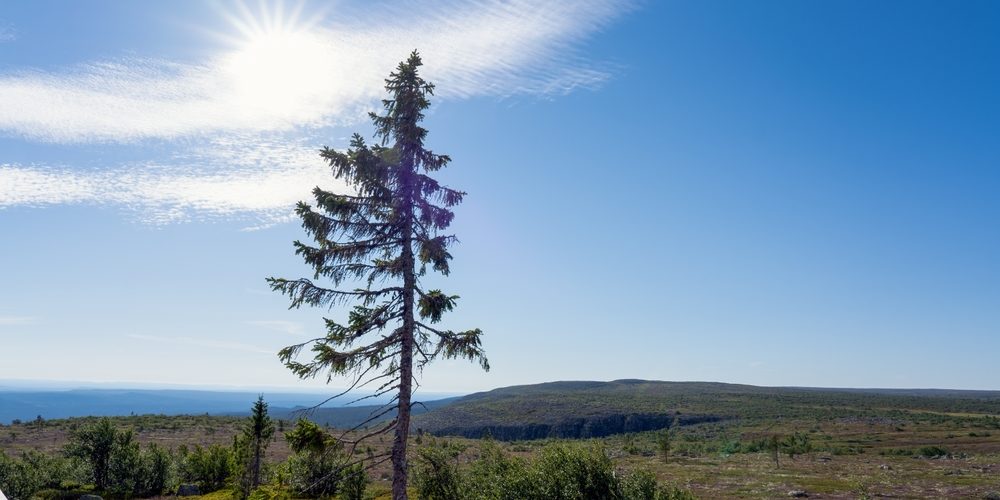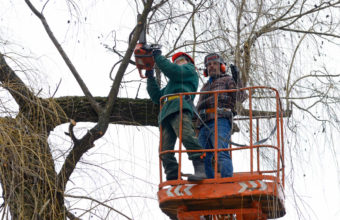Yes, there are trees known to be around or even exceed 9,000 years old, specifically clonal trees. While individual, non-clonal trees like the giant sequoias and bristlecone pines can reach ages over 3,000 to 5,000 years, the oldest known living organisms are clonal trees, which can live for much longer due to their ability to regenerate new trunks, roots, and branches continuously from a single ancestor.
One of the most famous examples is “Old Tjikko,” a Norway spruce (Picea abies) located in Sweden. Its root system has been carbon-dated to be around 9,558 years old, making it one of the world’s oldest known living trees. While the root system is that old, the visible tree above ground is not nearly as ancient, as it regenerates new trunks over millennia.
Another remarkable example is a clonal colony known as “Pando” (Latin for “I spread”), a massive grove of quaking aspen (Populus tremuloides) located in the Fishlake National Forest, Utah, USA. Pando is considered one of the largest and oldest living organisms in the world, estimated to be several thousand years old, with some estimates suggesting it could be over 10,000 years old. Pando covers about 106 acres (43 hectares) and consists of approximately 47,000 genetically identical trees (ramets) that share a single root system.
These examples highlight the incredible longevity of clonal trees, which can survive and propagate for thousands of years, presenting a different kind of longevity compared to individual, non-clonal trees.






